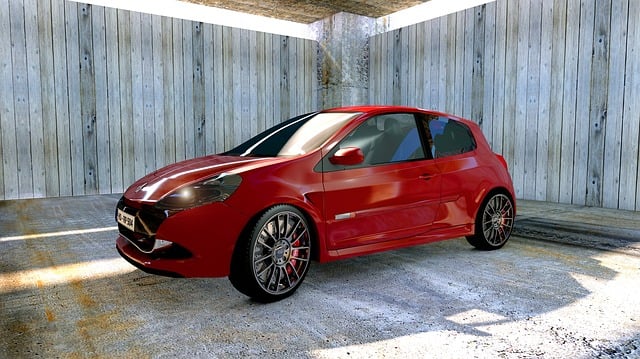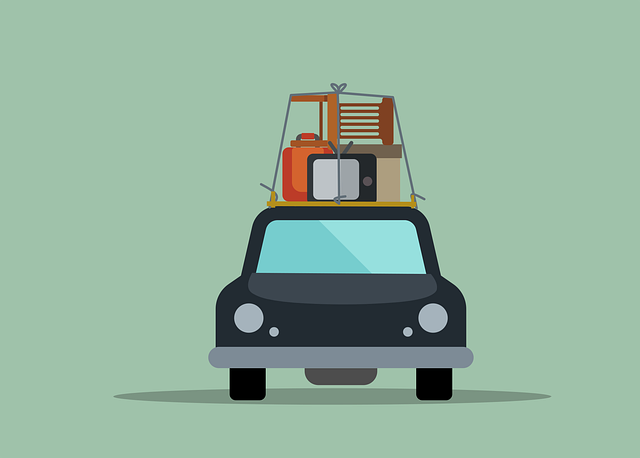Choosing between enclosed and open car carriers depends on your vehicle's value and sensitivity. Enclosed transport is ideal for luxury or classic cars needing protection from weather and debris, while open carriers are more cost-effective for standard models but expose them to elements. Best practices for car shipping include assessing vehicle condition, evaluating budget and time constraints, researching reputable carriers, verifying insurance coverage, and comparing quotes to find the best balance between safety and affordability.
When shipping a vehicle, understanding your options is key. Enclosed and open car transport each offer unique advantages and disadvantages. This article guides you through the nuances of these methods, empowering you with the best practices for making an informed decision based on factors like cost, time, and vehicle condition. By exploring real-world examples and expert insights, discover which car shipping method aligns best with your needs, ensuring a seamless transition for your vehicle.
- Understanding Enclosed and Open Car Transport: Key Differences
- Advantages and Disadvantages of Each Car Shipping Method
- Best Practices for Choosing Between Enclosed and Open Car Transport
Understanding Enclosed and Open Car Transport: Key Differences

When considering car transport options, understanding the key differences between enclosed and open carriers is essential for making an informed decision. Enclosed car shipping involves transporting vehicles within a secure, weatherproof enclosure, offering protection from environmental elements like rain, snow, and direct sunlight. This method is ideal for luxury or classic cars, which require meticulous care during transit due to their higher value and sensitivity to extreme conditions.
Open-top carriers, on the other hand, expose the vehicles to the outdoors, making them more vulnerable to weather changes and potential physical damage from debris during transport. However, open shipping is often more cost-effective for standard, mass-produced cars as it allows for efficient loading and unloading processes. Best practices for car shipping suggest evaluating your vehicle’s condition and value to determine the most suitable transport method, ensuring optimal safety and minimizing risks associated with each option.
Advantages and Disadvantages of Each Car Shipping Method

Enclosed car transport offers a secure and protected journey for vehicles, shielding them from direct exposure to weather conditions and potential road debris. This method is ideal for high-end or classic cars that require extra care. However, it might be more costly compared to open transport, as it limits loading and unloading flexibility and can slow down the shipping process due to the need for careful handling.
Open car shipping, on the other hand, provides a more affordable option, especially for bulk shipments or budget-conscious individuals. It allows for quicker turnaround times since vehicles are loaded and unsecured, enabling faster movement. However, this method exposes cars to environmental factors like sunlight, rain, or snow, which could potentially lead to damage during transit. Following best practices for car shipping, such as ensuring proper securing of cargo and choosing reputable carriers, can mitigate these risks.
Best Practices for Choosing Between Enclosed and Open Car Transport

When deciding between enclosed and open car transport, consider your vehicle’s specific needs and preferences. Enclosed carriers offer protection from harsh weather conditions, potential theft, and scratch or dent damage during transit. This option is ideal for classic cars, luxury vehicles, or any car with a unique or delicate finish that requires extra care. On the other hand, open-air transport is more cost-effective and suitable for bulk shipping or when your vehicle doesn’t have special requirements. It exposes the cars to the elements but ensures faster delivery times due to its more efficient handling.
Best Practices for Car Shipping involve evaluating your budget and time constraints. Enclosed transport may cost more, but it’s worth considering if your car is valuable or prone to damage. Research reputable shipping companies with proven track records for safety and reliability. Ensure they have adequate insurance coverage to protect against potential losses or damages. Additionally, compare quotes from multiple carriers to find the best price without compromising on security.
When deciding between enclosed and open car transport, considering your vehicle’s unique needs and preferences is key. Both methods have their advantages and disadvantages, from weather protection in enclosed carriers to cost-effectiveness via open transport. By evaluating factors like climate, budget, and vehicle condition, you can make informed choices that align with the Best Practices for Car Shipping. Ultimately, understanding these differences empowers you to ensure a seamless and secure journey for your prized possession, whether it’s nestled safely within an enclosed crate or riding atop an open carrier.
